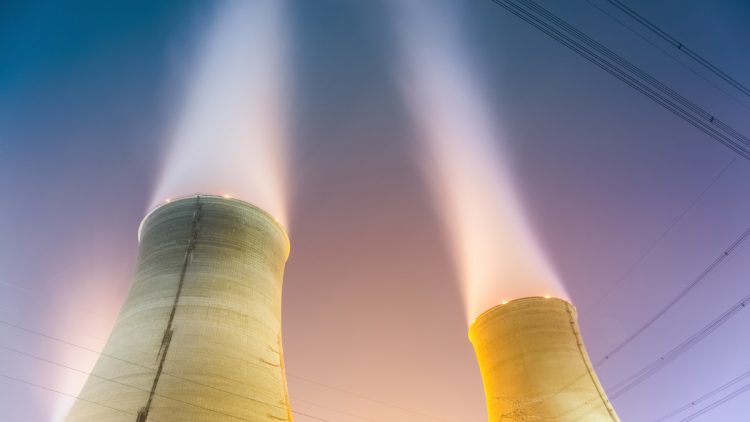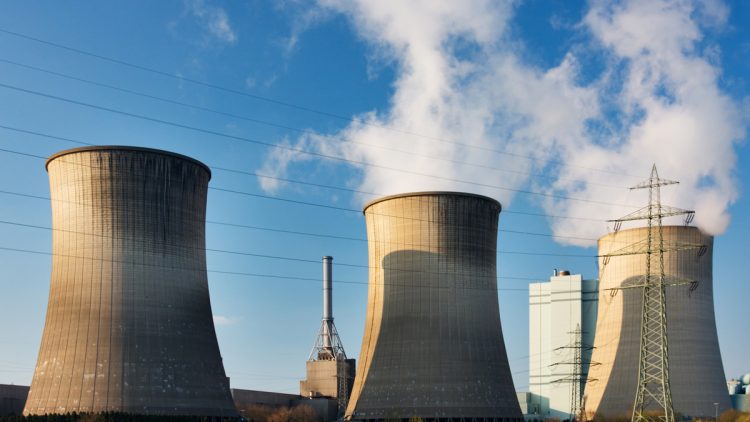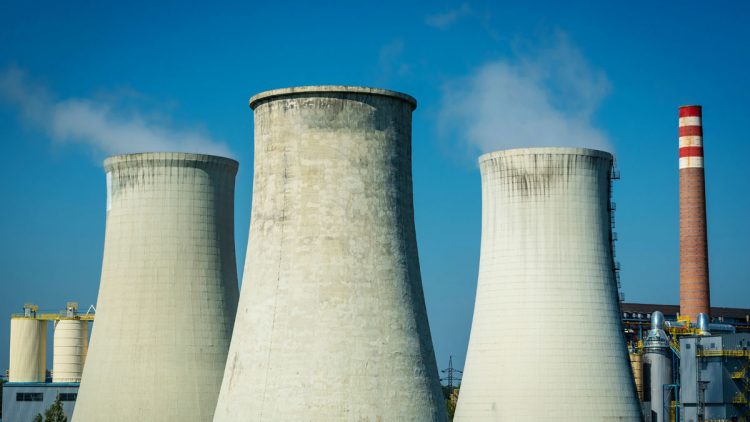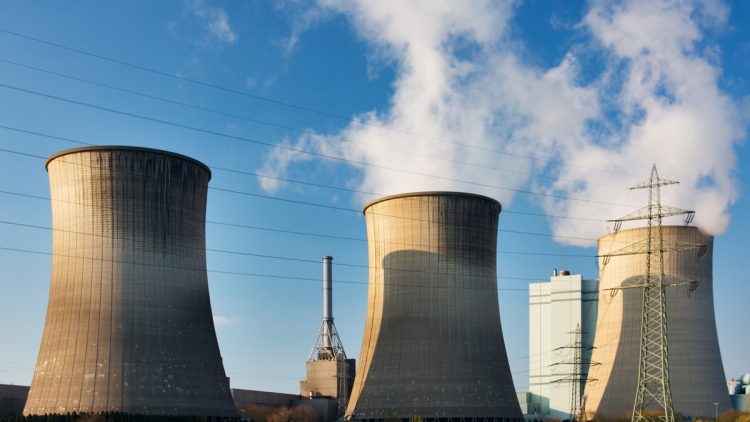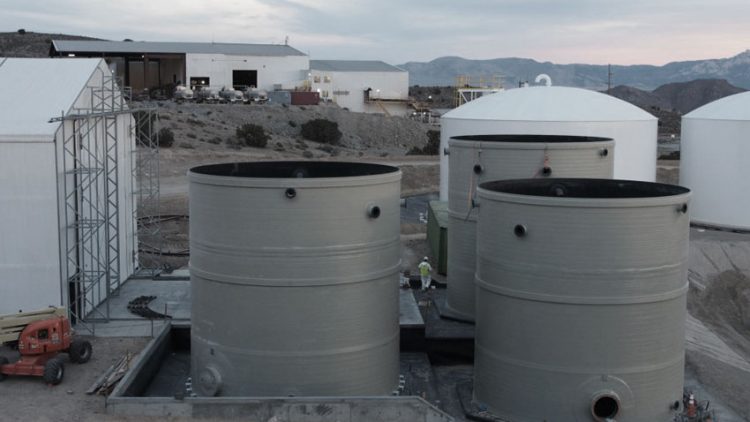Cooling Tower Types
Let’s take a look at the most common cooling tower types.
Types Of Cooling Towers
A cooling tower can be thought of as a specialized heat exchanger where water and air meet with the purpose of reducing the temperature of the water. When this happens, a small total of the water evaporates, hence reducing the water temperature that is circulated throughout the tower.
This water is pumped through pipes to the cooling tower. Nozzles are used as the water sprays onto material known as fill that slows the flow of the water as it travels through the cooling tower and maximizes air and water contact. When they meet, a cooling action is created and the cooled water is then pumped back to the processing equipment where it absorbs hear. From there it is pumped back to the cooling tower and obviously, cooled again.
Crossflow Cooling Towers
With a crossflow tower, hot water flows downward from a distribution basin while air flows horizontally. They are filled with splash type fillings and can be applied when water has higher suspended particles. At Industrial Cooling Solutions, we offer crossflow towers in induced draft, forced draft, concrete, FRP, and wood structure as well as splash fill, film fill and low fouling fill materials. ICS cooling towers are built to withstand the most demanding of situations and provide the most cost-effective solution for you.
Benefits:
- High Performance
- Low Maintenance
- Low Noise
- Optimized Power Consumption
Counterflow Cooling Towers
A counterflow mechanism is one where air flows vertically through the fillings or packing at the top while water flows downward. In a counterflow cooling tower, there is an induced draught fan that is attached to the motor. This fan pulls in air to draft it upward resulting in air that is exhausted faster than it is pulled in. In turn, you’ll see lower pressure and circulation.
Benefits:
- Low Power Consumption
- Low Fouling Film or Splash fills
- Plume Abated Systems
- Low Pumphead
- High Performance with Minimal Maintenance
- Optimized Footprint
- FRP Wood or Concrete Structures
Forced Draft Cooling Towers
Industrial plants often choose forced draft cooling towers for their many benefits. First, they are very powerful and affordable at the same time. These towers remove low-potential heat which is generated during the production process. A counterflow of air and hot water will result in a heat transfer in the cooling fill. These towers are typically preferred by paper and chemical industry plants.
Benefits:
- Low Noise Levels
- Dry Air Stream Drive
- Ease of Maintenance
- Low-Absorbed Capacity
Induced Draft Vs Forced Draft Cooling Towers
Induced system have fans on top of the units and they pull the air through the fill. On the other hand, air is pushed by blowers located near the base of the air inlet on draft towers that have been forced.
Cooling Tower Maintenance Service
All Kote Lining, Inc. is the one-stop solution for all your cooling tower maintenance, repair, and replacement needs in Phoenix Valley. Our team of experienced technicians will ensure your cooling system issues are identified and solved in a timely and effective manner, saving you considerable money on electrical expenses in the process.
Call 480-966-4446 or Contact Us

